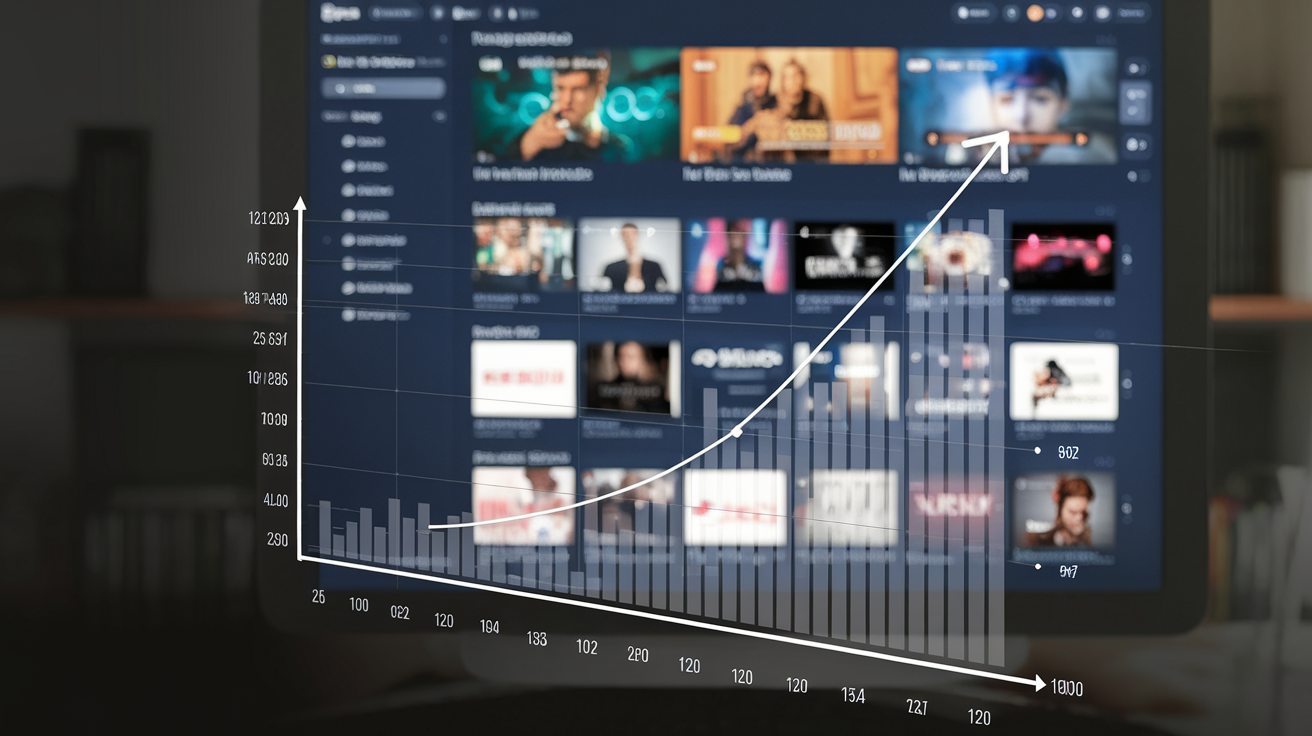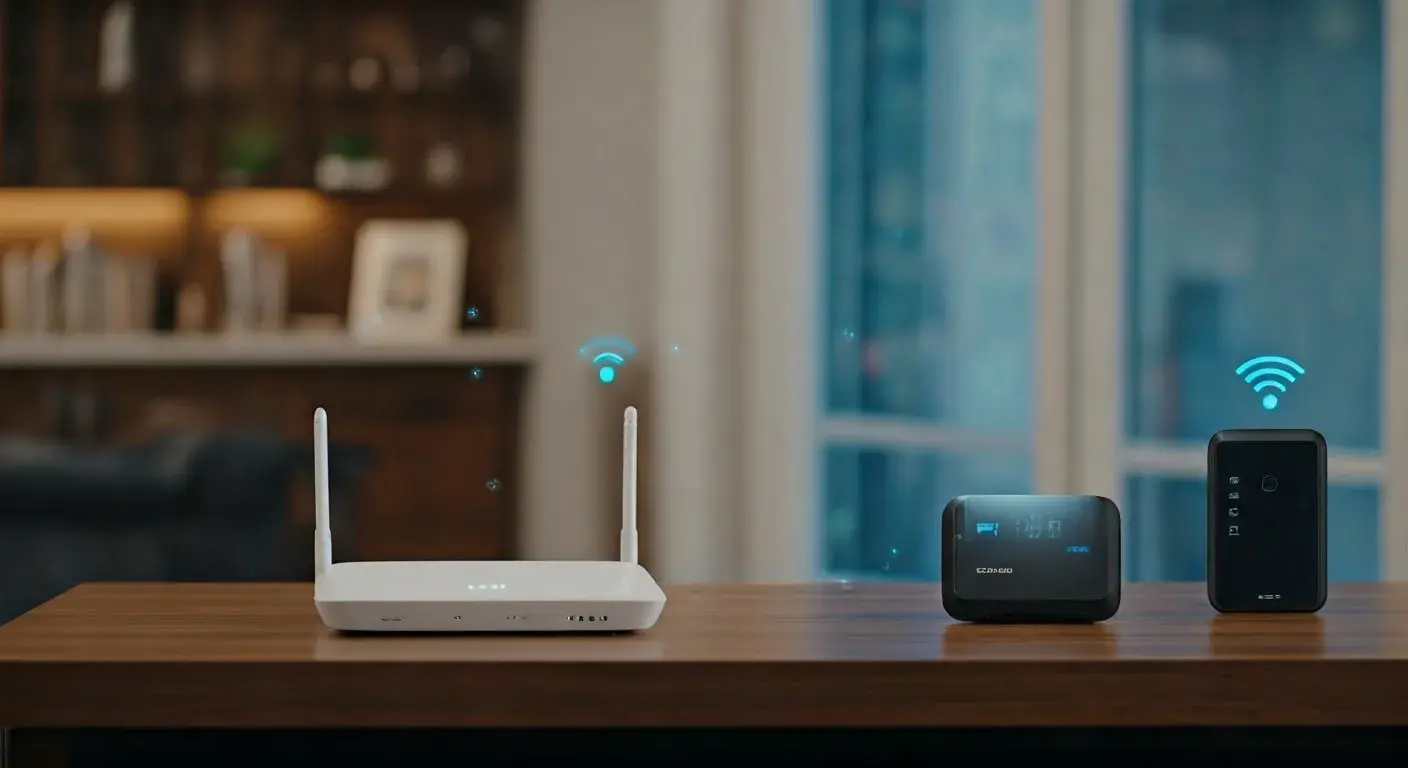
With more people using streaming services like Xfinity, it’s important to think about how this affects your internet data. This is especially important for customers of Xfinity. Knowing the policies on Xfinity's data can help you understand how it affects your streaming. This knowledge is key to managing your internet plan. It can help you avoid any surprise charges. But don’t worry, we are here to explain things and help you feel better about it all.
Understanding Xfinity's Data Policies
Navigating data plans and streaming services can seem confusing. However, Xfinity aims to make things clearer. Their data policies explain what data usage means and how it is counted. This helps customers understand their internet, entertainment options, and the choices available on Facebook better.
Xfinity makes a clear difference between content from their cable network and content streamed over the public internet. Knowing this difference is important for understanding your data usage.
How Xfinity Defines Data Usage
Xfinity Internet service, like many providers, keeps track of how much data you use, including your Xfinity voice services and download services in the calculation of monthly usage, which is measured in Terabytes (TB). This helps them manage the network and ensures that everyone has a fair experience. Activities like browsing the web, checking email, downloading files, and streaming count towards this data usage.
You can see how much data you are using through the usage meter available in your account dashboard. This tool gives you a real-time look at your data for the current billing cycle. Knowing your data usage helps you manage your plan better, ensuring your password is secure as well.
A crucial thing to remember is that streaming Xfinity TV channels and On Demand content via the Xfinity Stream app or web portal at home on Roku devices and LG TVs does not count against your rented partner device count for data usage, including DVR recordings, making it a great alternative to renting an Xfinity TV box. It works like regular cable TV, so you won't hit any data limits.
The Impact of Streaming on Your Data Plan
When you stream Xfinity's TV content at home, it does not use your internet data. But, streaming from other video services like Xfinity's Flex will use data. For example, if you enjoy Netflix, Hulu, Amazon Prime Video, or YouTube, their videos go over the internet and count against your Xfinity data plan.
Here’s how to think about it:
- Watching live TV channels or on-demand shows with the Xfinity Stream app at home is just like using your cable box.
- Streaming from other services like Netflix is like browsing the web or downloading files. It adds to your internet data usage.
Keeping an eye on your internet data usage is important, especially if you stream a lot. This way, you can stay within your plan’s limits or think about upgrading to an unlimited plan for more security.
Conclusion
In conclusion, getting to know Xfinity's data policies is important if you want to manage your data usage well, especially for streaming. By understanding how Xfinity counts data usage and how streaming affects your data plan, you can make smart choices to avoid going over your data cap. If you stream a lot, looking into unlimited data plans might be a good option for steady streaming. Keep yourself updated, track your data usage, and pick the right plan that matches your streaming needs. This way, you can enjoy smooth entertainment on Xfinity.






